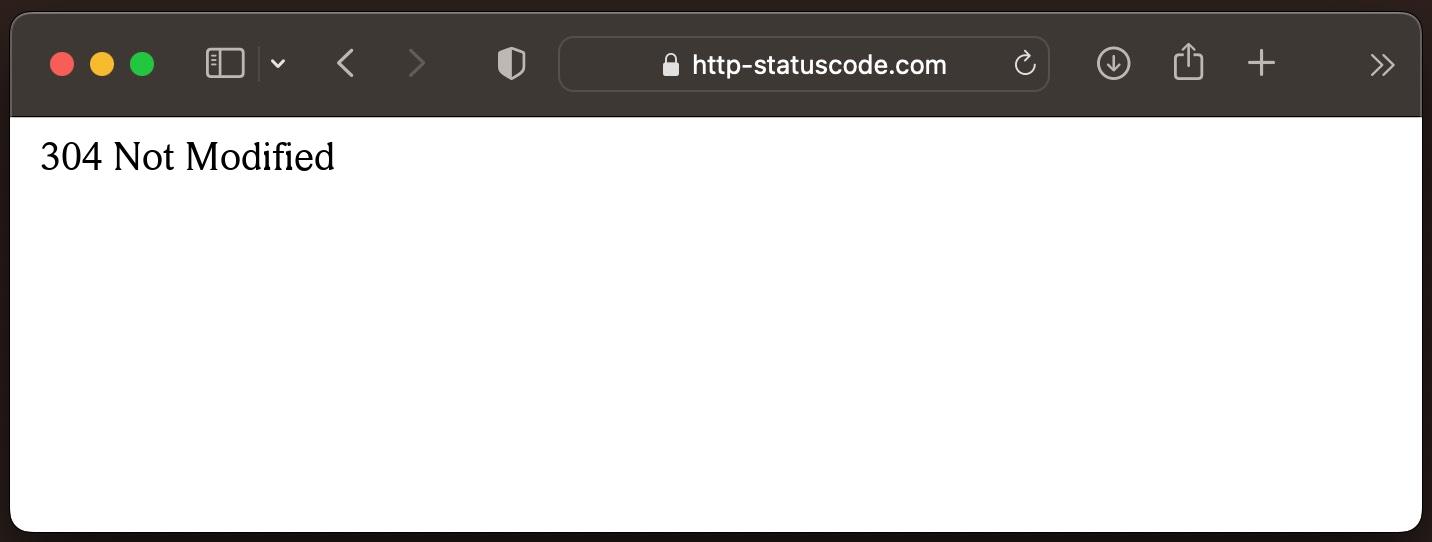Caching and HTTP status codes: Optimizing web performance through intelligent caching

Web performance and the resulting user experience are central aspects for the success of any website. One significant factor that affects this performance is HTTP status codes, especially in the context of caching strategies. One of these status codes that is often overlooked but can have a significant impact is the 304 code, also known as "Not Changed." But how exactly does this code affect the speed and responsiveness of a website?
What is HTTP caching?
Caching refers to the technique of temporarily storing data that has already been retrieved so that it can be quickly accessed for future requests without having to retrieve the data again. This process reduces both server load and latency for the end user, resulting in faster load times.
The HTTP status code 304: Not Changed
The HTTP status code 304 plays a key role in the caching process. When a client, such as a web browser, has previously accessed a resource, it often sends a so-called "If-Modified-Since" header in a re-request. This header indicates when the resource was last accessed.
The server then checks whether the requested resource has been modified since that time. If not, the server sends a response with a status code of 304, which means that the resource has not been changed and the client can use the version already cached.
Advantages of 304 responses
Using 304 responses significantly reduces data transfer costs and times, since no actual data needs to be sent. This is especially beneficial for users with limited bandwidth or mobile data connections.
Best Practices for Caching with HTTP Status Codes
- Use of E-Tags: E-tags are headers that represent the state of a resource. They help servers determine whether a resource has been modified and whether a 304 response is warranted.
- Setting expiration dates: By setting "Expires" headers, you can control how long a resource should remain in the client's cache.
- Use Vary Headers: This header allows you to specify which other headers should be considered to determine whether a cached response can be used.
Conclusion
The proper understanding and effective use of HTTP caching, and in particular the 304 status code, can significantly help optimize web performance. Through reduced server load, faster load times, and improved user experience, caching provides an invaluable advantage in the digital world.
In this context, it is critical to stay up-to-date on best practices and conduct regular reviews of your website to ensure that caching is being used optimally and that the best possible performance is being achieved.
Status code:
More blog articles:
HTTP status codes are essential for communication between servers and clients. They play a particularly important role in search engine optimization (SEO), as they signal to web crawlers such as Go...
Section 1: What is the xmlrpc.php file and where is it foundThe xmlrpc.php file is an important component in WordPress, one of the world's leading content management systems (CMS) for creating and ...
HTTP, or the Hypertext Transfer Protocol, is the backbone of the internet. It's the standard mechanism through which web browsers request data from web servers and receive this data. But what exact...
